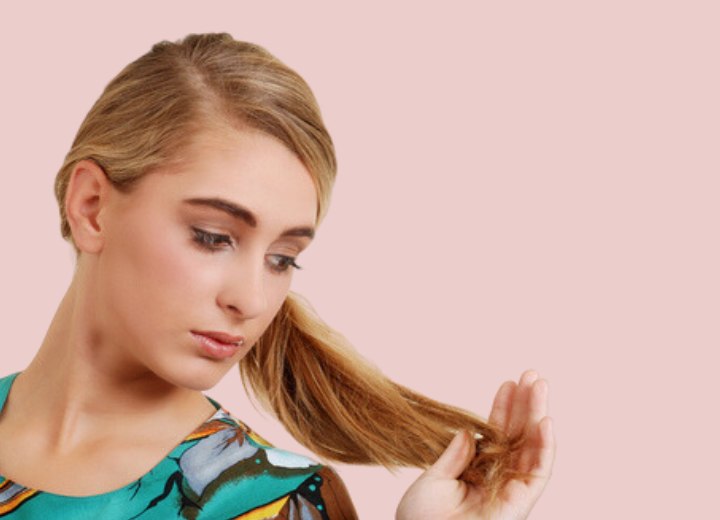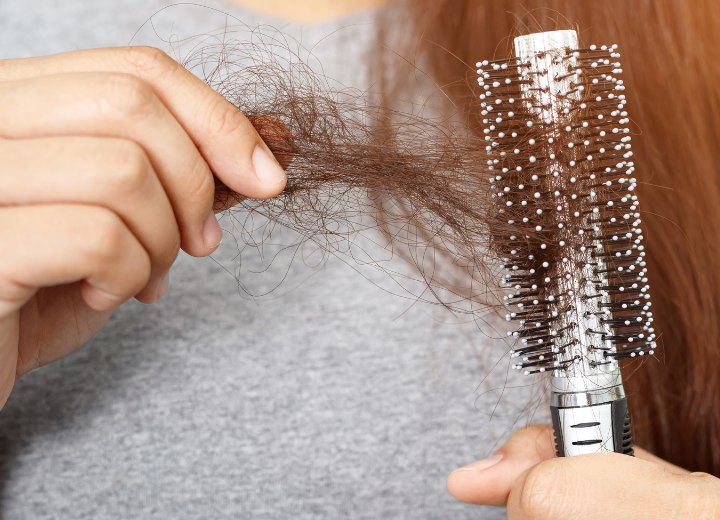How to Recognize Damaged Hair

As I listened, I learned that she had seen a commercial for a conditioning treatment for "damaged" hair that promised sleek, silky, and manageable hair and had been using it almost daily for a month. The end result was hair that was over-conditioned.
That got me wondering how it was possible for these two people to be so unaware of what it meant to have damaged hair. Had no one ever taught them the signs? Well, here are some of the signs of hair damage and ways to treat them effectively:
• Rough texture
• Overly porous
• Dry and brittle to the touch
• No elasticity and susceptible to breakage
• Becomes spongy and matted when wet
• Color fades or absorbs too rapidly
The most readily visible signs of damaged hair - rough texture, over-porosity, dryness, and brittleness - are generally caused by damage to and overextension of the cuticle layer of the hair shaft. This can come from blow-drying, wind, harsh shampoos, chemical treatments, heat-styling methods, and environmental influences.
By using conditioners that are pH-balanced, protein-enriched, and moisture-restoring, you can smooth the cuticle layer and protect the hair shaft from further damage. When hair is damaged, it is important to use a good, moisture-rich conditioning treatment every week until it shows improvement, and to use a light spray-on, leave-in conditioner daily during styling.
The problem of elasticity loss and susceptibility to breakage can sometimes be hard to diagnose. Healthy hair can stretch up to 150% of its normal length without breaking and return to its original state. Unless your hair shows lots of broken ends and significantly shorter hairs than you had noticed before, you may not be aware that there is a real problem. The best clue to poor elasticity may be sitting in your hairbrush.

Issues with color absorption and retention, as well as sponginess and matting when wet, are also considered porosity issues, but on a more severe level. These levels of damage require very intensive treatment and constant care in processing and styling. Some people with this level of damage to their hair find it easier to cut off the damaged hair and start afresh. However, this may not be an option, so it is best if you take care of your hair before it becomes so damaged.
The most important thing to remember is that your hair is not alive once it emerges from the scalp. Just like the free edge (white part) of your fingernails, the hair is dead tissue. So, don't be tricked into believing promises made by products to heal or cure your hair damage. The conditioning treatments and products available today can help protect the hair and lessen some damage, but the best way to have healthy hair is always prevention.
©Hairfinder.com
See also: Damaged Hair Q&A
